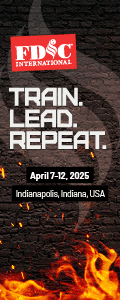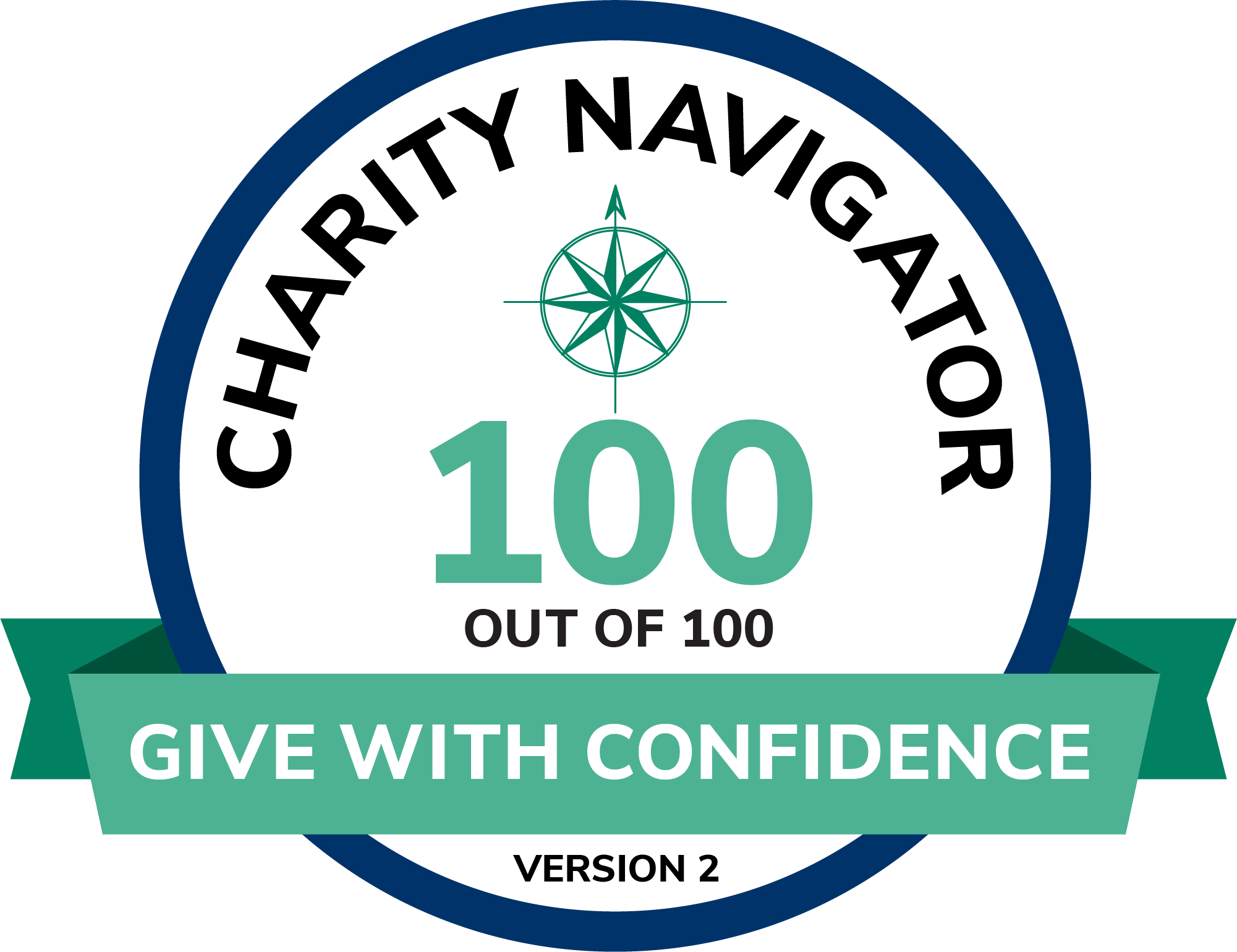COVID-19 Information and Resources for Emergency Responders
In response to the worldwide outbreak of the coronavirus disease 2019 (COVID-19), which is caused by the SARS CoV-2 virus, the National Volunteer Fire Council has established this webpage to provide links to information and resources from various federal agencies and other sources that are relevant to emergency responders. We will update this page periodically as we become aware of new resources and information related to EMS or other emergency responders.
Actionable Items
- FEMA is providing financial assistance for COVID-19-related funeral expenses incurred after January 20, 2020. Click here to learn more.
- The CDC has released the COVID-19 Vaccine Communication Toolkit for Essential Workers to help build confidence in the vaccine. The toolkit can be used by fire, EMS, and rescue services leadership to educate their volunteer and career staff about the COVID-19 vaccines, raise awareness about the benefits of vaccination, and address common questions and concerns.
- The Department of Homeland Security Cybersecurity and Infrastructure Security Agency has released the COVID-19 Vaccine Points of Distribution Physical Security Action Guide, which will help vaccine points of distribution managers and workers enhance their understanding of potential threats and physical security methods.
- One of the approved COVID vaccines must be stored at -70° C (-94° F), and to maintain this ultra-low temperature during shipment and storage, it will be packed in dry ice or carbon dioxide. The NVFC has developed this guidance to assist emergency responders dealing with transportation and/or fixed facility emergencies involving the shipment, use, and/or storage of the vaccine.
- NHTSA’s Office of EMS has a reporting tool for communicating EMS needs during the pandemic. It takes less than five minutes to fill out the form, and they ask agencies to take it on a weekly basis so they have up-to-date information as conditions on the ground change. Access the EMS COVID Resource Reporting Tool here.
- Beware of fraudulent PPE. The CDC has put out information on counterfeit respirators/misrepresentation of NIOSH-approval and the FBI has issued a Liaison Information Report on Indicators of Fraudulent 3M Personal Protective Equipment.
- The International Association of Fire Chiefs is asking firefighters that have been exposed, quarantined, and/or put into isolation to fill out this survey. The data will be used to populate the IAFC’s COVID-19 Fire Department Personnel Impact Dashboard to provide a situational awareness tool for fire departments.
- First responders can use the free exposure tracking tool from Acadis (formerly FirstForward) to document potential exposures to COVID-19. In the event you contract the virus, documentation is critical to demonstrate the line-of-duty connection if planning to file a benefits claim.
- The UNC School of Medicine has released the Heroes Health app to enable first responders and healthcare workers to track their mental well-being during the COVID-19 pandemic and access mental health resources. Sign up as an individual or as a department.
- The following NVFC webinars are now available on demand:
- Junior Firefighters and the COVID-19 Vaccine: A Strategy to Increase Update in Departments and Communities
- COVID-19 Recovery Funds & Emergency Response Districts – Accessing Aid for Special Districts
- Personal Protective Equipment Preservation and N95 Respirator Decontamination and Reuse
- Reset and Recharge: How to Manage Stress in Uncertain Times
- Reset and Recharge: Taking Care of Our Mental Health in Uncertain Times
- The NVFC has released guidance to help departments hold virtual meetings.
Federal Agency Resources
- The Centers for Disease Control and Prevention (CDC) and NIOSH:
- COVID-19 landing page
- Interim Guidance for EMS Personnel and 911 PSAPs (updated March 10)
- Interim Guidance for Risk Assessment and Public Health Management of Personnel with Exposure to COVID-19 (updated March 7)
- Healthcare Supply of PPE
- Strategies for Optimizing the Supply of N95 Respirators
- Counterfeit Respirators/Misrepresentation of NIOSH-Approval
- Framework for Expanding EMS System Capacity During Medical Surge (2017)
- Emergency Responders: Tips for Taking Care of Yourself
- Federal Emergency Management Agency (FEMA):
- Coronavirus (COVID-19) Pandemic Advisory/FEMA Support (released March 21)
- COVID-19 Response landing page including news releases, fact sheets, and rumor control information
- Using the Critical Care Decontamination System (TM)
- National Incident Command System (ICS)
- Organization Assignment List (ICS 203), adapted for COVID
- Medical Plan (ICS 206), adapted for COVID
- Operational Planning Worksheet (ICS 215), adapted for COVID
- Resource Request (ICS 213 RR), adapted for COVID
- Incident Action Plan Safety Analysis (ICS 215A), adapted for COVID
- Safety Message/Plan (ICS 208) – COVID-19 Exposure Control
- Safety Message/Plan (ICS 208) – COVID-19
- U.S. Fire Administration
- The White House
- U.S. COVID-19 Global Response and Recovery Framework (July 1, 2021)
- Department of Defense
- Department of Health and Human Resources – ASPR TRACIE:
- The Assistant Secretary for Preparedness and Response (ASPR) Technical Resources, Assistance Center, and Information Exchange (TRACIE) web site
- Landing page with resources specific to infectious diseases
- An EMS Infectious Disease Playbook
- Pandemic Preparedness Checklist (2013)
- Healthcare Planning Checklist
- The National Institutes of Health:
- COVID-19 landing page
- Crisis of Care: EMS Toolkit (Institute of Medicine, 2013)
- The Environmental Protection Agency:
- The National Highway Traffic Safety Administration’s Office of EMS:
- COVID-19 resource page
- COVID-19: Considerations, Strategies, and Resources for Emergency
Medical Services Crisis Standards of Care - Burnout, Self-care and COVID-19 Exposure for First Responders
- Burnout, Self-care and COVID-19 Exposure for Families of First Responders
- COVID-19 Behavioral Health Resources for First Responders
- Managing Patient and Family Distress Associated with COVID-19
- Mitigating Absenteeism by Protecting EMS Clinician’s Psychological Health and Well-being During the CoVID-19 Pandemic
- EMS Pandemic Influenza Guidelines for Statewide Adoption (2007)
- Federal Healthcare Resilience Task Force
- Occupational Safety and Health Administration
Non-Federal Resources
- Interactive map of COVID-19 global cases (Johns Hopkins CSSE)
- Coronavirus (COVID-19): Resources for Fire Chiefs (International Association of Fire Chiefs)
- Guide for Coronavirus Planning and Response (International Association of Fire Chiefs)
- Minimum Recommended Guidance on Protection and Decontamination of First Responders Involved in COVID-19 Cases – Quick Reaction Guide (International Personnel Protection, Inc. and Emergency Response TIPS)
- Minimum Recommended Guidance on Protection and Decontamination of First Responders Involved in COVID-19 Cases – Detailed Reaction Guide (International Personnel Protection, Inc. and Emergency Response TIPS)
- Balancing the Risk – Strategies for Respiratory Protection During a Pandemic (International Personnel Protection, Inc. and Emergency Response TIPS) (released March 19)
- Webinar: The Fire Service & COVID-19 – 7 Key Legal Considerations (Lexipol and the International Association of Fire Chiefs)
- EMS HHCD awareness video (National Ebola Training and Education Center)
- COVID-19 fighting products (American Chemistry Council)
- Active ingredients, chemical formulas, pros and cos of disinfectant-impregnated wipes applications (Antimicrobial Resistance & Infection Control)
The National Fire Protection Association (NFPA) offers the following standards, codes, and resources and to assist in prevention, mitigation, preparedness, response, and recovery. Free online access is available for all NFPA codes and standards.
- COVID-19 landing page
- NFPA 1600®, Standard on Continuity, Emergency, and Crisis Management is the recognized National Preparedness Standard®, offering vital information on conducting risk assessments, business impact analysis, capabilities, needs assessments, and developing emergency and recovery plans for myriad events including pandemic.
- NFPA 1999, Standard on Protective Clothing and Ensembles for Emergency Medical Operations provides requirements for the clothing and certain respiratory devices used by on-scene first responders as well as by first receiver health care workers at facilities where treatment will be rendered.
- NFPA 1581, Standard on Fire Department Infection Control Program provides the minimum requirements for infection control programs to help identify and limit the potential of an infectious exposure to fire department members as well as other first responders during the performance of their assigned duties and within the responder working and living environment.
- NFPA 99, Health Care Facilities Code offers healthcare decision-makers essential safety information and requirements for emergency planning, isolation spaces, infection control, IT and data infrastructure, and many other relevant topics.
- Tip Sheet – NFPA 1581: Infection Control Program Resource for First Responders
- Emergency Preparedness Checklist
- Organizational Planning Tips for Pandemic Preparedness
- Temporary Compliance Options for Code Modifications, Alternate Care Sites, and Facilities Related to Health Care
- Maintaining Safe Health Care Facilities in Extraordinary Times



